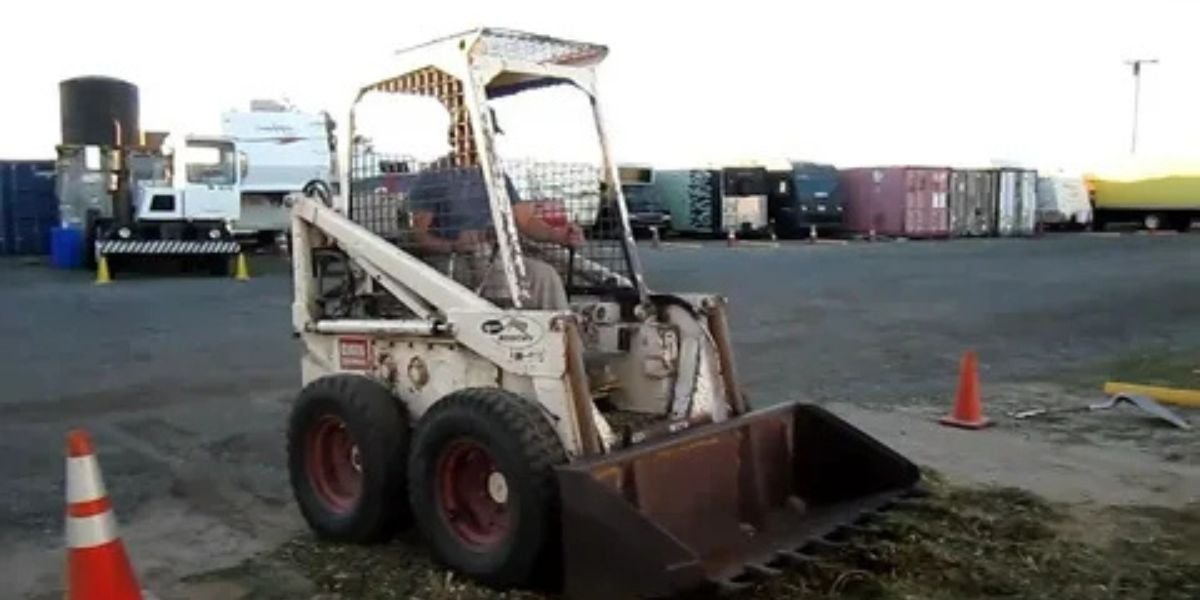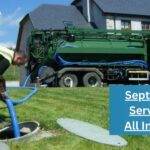Operating a Bobcat skid steer loader can be an efficient way to complete heavy-duty tasks in construction, landscaping, farming, and other industries. However, this powerful machine comes with its share of risks if not handled with care and awareness. From tipping hazards to operator entrapment, Bobcat-related accidents often stem from a lack of preparation, poor situational awareness, or unsafe operating habits. We will explore the most common hazards operators face and how to recognize and avoid them. By understanding these risks in detail, operators can work more confidently and keep their surroundings safe while maximizing productivity.
Recognizing Key Hazards in Bobcat Operation
Risk of Machine Tipping
One of the most common hazards when operating a Bobcat is the risk of tipping. Skid steers have a relatively high center of gravity, and certain maneuvers—such as carrying loads that are too heavy, lifting them too high, or operating on uneven terrain—can destabilize the machine. When a Bobcat tips forward or sideways, it can cause severe injury to the operator and damage to nearby property or structures. This risk is especially high when working on slopes, where gravity can pull the machine off balance.
The safe approach is to always keep loads low when moving, avoid exceeding the manufacturer’s recommended load capacity, and travel straight up or down slopes rather than diagonally. Regularly checking tire or track conditions can also help ensure better traction and stability. Training and practice in recognizing tipping conditions are essential for safe operations, and enrolling in a program such as https://safelinegroup.ca/training/bobcat-skid-steer-operator/ can provide valuable hands-on skills for safer handling.
Entrapment and Pinch Points
Bobcats have numerous moving parts, including the loader arms, bucket, and hydraulics. These create pinch points that can trap clothing, tools, or even body parts if operators or bystanders are not paying attention. Entrapment accidents can happen when someone tries to make adjustments or clean the machine while it is still running, or when a bystander stands too close during operation. This type of hazard is particularly dangerous because the force exerted by hydraulic systems can cause crushing injuries instantly. The safest practice is to always power down and engage the parking brake before performing maintenance or adjustments. Operators should also ensure that no one is near the moving parts while the Bobcat is in use. Clear communication on job sites and designated no-go zones for pedestrians can greatly reduce the risk of entrapment incidents.
Visibility-Related Accidents
Limited visibility is another hazard that Bobcat operators must be aware of. The machine’s frame, loader arms, and attachments can obstruct the operator’s line of sight, especially when carrying large loads. This blind spot issue increases the risk of hitting people, other vehicles, or objects in the work area. In busy construction or agricultural sites, poor visibility can lead to collisions and serious injuries. To mitigate this hazard, operators should perform a full scan of the work area before moving and use mirrors or cameras if available. Slowing down and using a spotter in crowded or tight spaces can provide an extra layer of safety. It is also important to keep windshields and mirrors clean to maintain maximum visibility. In some cases, adjusting the load position or choosing smaller attachments can improve the operator’s view of the surroundings.
Attachment-Related Hazards
One of the advantages of a Bobcat is its ability to use different attachments, from buckets and augers to trenchers and grapples. However, each attachment brings its own risks. Improperly secured attachments can detach during operation, posing a danger to both the operator and bystanders. Additionally, using an attachment for a task it was not designed for can cause it to fail under stress. For example, trying to lift loads beyond the attachment’s rated capacity can lead to mechanical breakdowns or accidents. To avoid these hazards, always ensure attachments are properly connected and locked in place before starting work. Following the manufacturer’s guidelines for each attachment and inspecting them regularly for wear or damage is also critical. Safe attachment use not only prevents accidents but also extends the lifespan of both the attachment and the machine itself.
Read more blogs:
Armature winding machines for producing high-frequency coils
The Impact of Motor Winding Machines on the Electric Vehicle Industry
Operating in Hazardous Terrain
Bobcats are versatile, but not invincible when it comes to challenging ground conditions. Operating on mud, gravel, loose soil, or ice can reduce traction and increase the risk of sliding, tipping, or getting stuck. These conditions can also put extra stress on the machine’s drive system and hydraulics. In extreme cases, unstable ground can collapse beneath the weight of the Bobcat, especially near trenches or embankments. The key to reducing terrain-related hazards is proper site assessment before starting work. Operators should identify and mark unstable areas, avoid working too close to edges, and use the correct tires or tracks for the ground conditions. In slippery conditions, slower speeds and smoother movements can help maintain control. Knowing when to stop and reassess the terrain can prevent costly and dangerous mishaps.
Operating a Bobcat skid steer loader safely is about more than just knowing how to use the controls—it requires a full understanding of the hazards that come with the job. By maintaining awareness, following safe operating practices, and making safety checks part of the daily routine, operators can protect themselves, their coworkers, and the worksite. A well-trained and safety-conscious operator turns a potentially risky machine into a reliable and productive asset.











